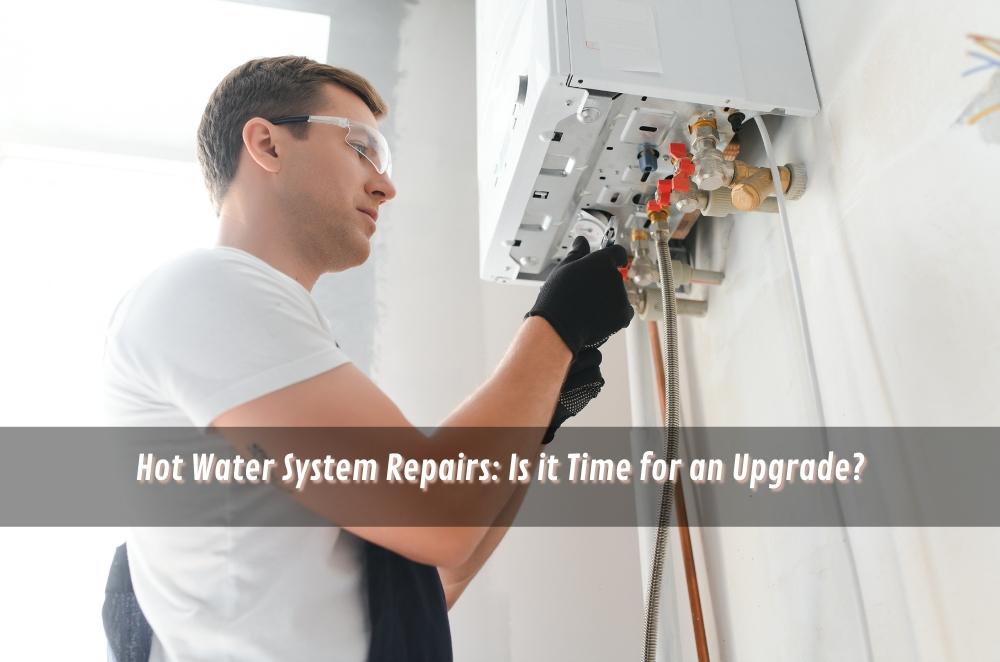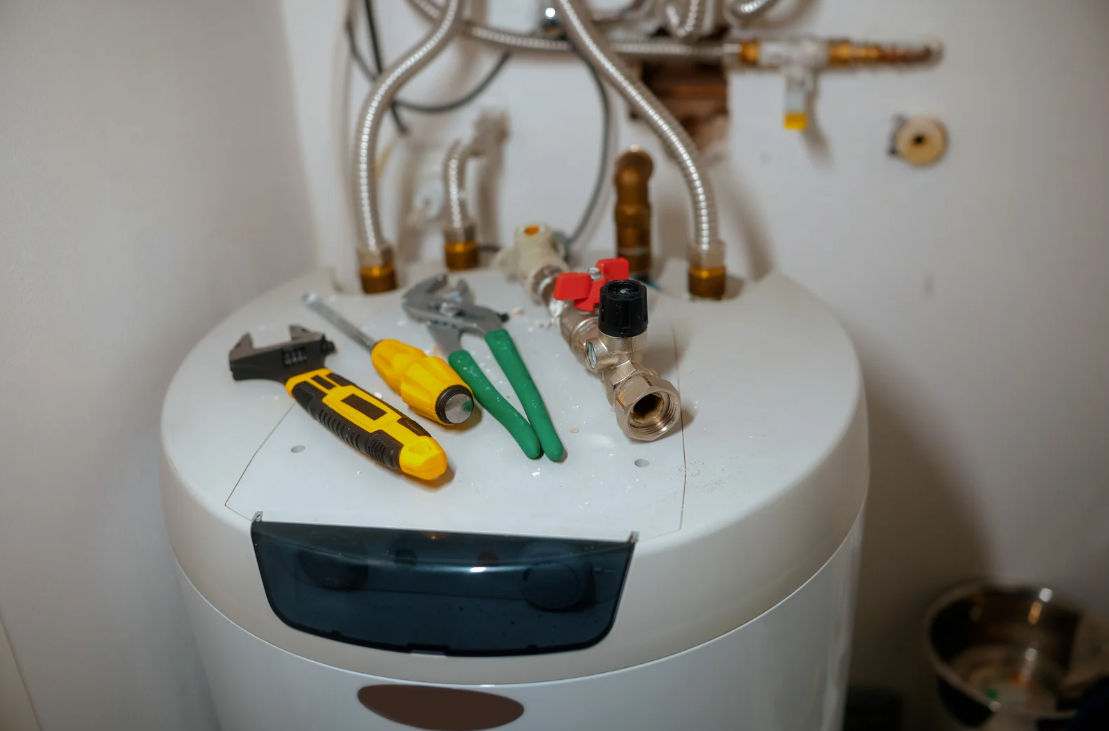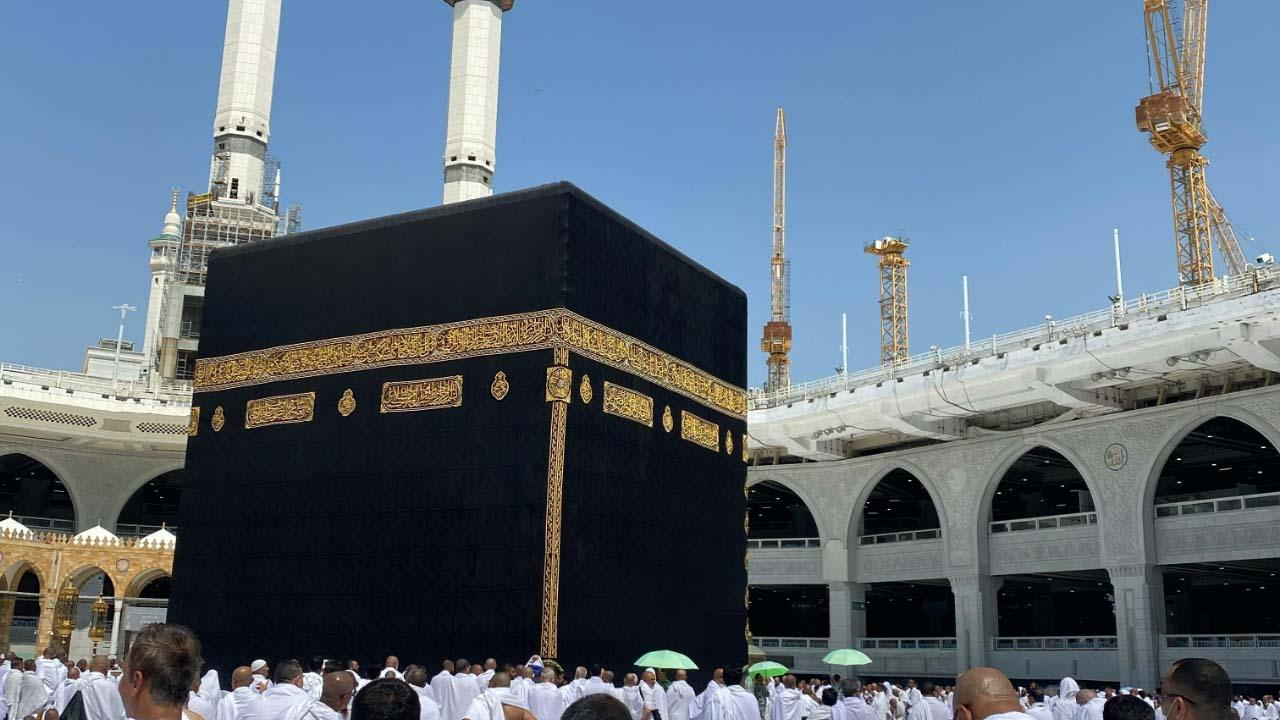Hot Water System Repairs: Is it Time for an Upgrade?

There’s nothing like stepping into a hot shower only to be met with lukewarm water or sudden bursts of cold. When that happens, most of us start questioning whether the system is just due for a quick fix or if it’s time for something more permanent. In many homes, hot water system repairs can restore things back to normal, especially when the issue is minor and the unit still has a few good years left. But there are also times when those quick fixes become a revolving door, leaving you wondering if the system is on its last legs. The challenge is knowing when a repair will genuinely solve the problem, and when upgrading is the smarter move. That balance between short-term relief and long-term reliability is what this article explores, giving you a clearer picture of what to expect.
Quickly sign that your unit needs attention
Small clues often arrive before the big failure. A short checklist helps you brief a licensed tradie and avoid repeat visits.
-
Intermittent ignition, pilot going out, or nuisance resets during normal use
-
Noticeable temperature swings when two taps run or when the shower and kitchen overlap
-
Metallic odour or discoloured water on the first run after the unit has been idle
-
Rumbling or popping from a storage tank as sediment shifts during heating
I like to start with the basics: note the unit’s model, the pattern of the fault (first shower, multiple fixtures, random), and any error codes. Clear photos of the data plate, pipework, and flue go a long way. More than once, a simple description plus photos has helped a technician arrive with the right parts and wrap things up in a single visit.
Efficiency and performance over time
Even a healthy system can drift out of tune as components age. Storage tanks build sediment; continuous flow units can scale up internally, pinching flow and reducing temperature stability. Insulation around pipework may compress, and controls can drift from their original settings. None of that screams “replace me” on its own, but together they nudge performance off course.
One thing that often helps in deciding whether to push on with repairs or plan an upgrade is thinking about efficiency. Households that move toward energy efficient hot water systems usually notice steadier output and less wasted energy, simply because the system is working with the right design and setup. I’ve seen small adjustments—like correcting gas pressure or clearing a scaled heat exchanger—restore comfort without replacing the unit. The key is understanding whether your current setup can still deliver consistently, or if its design limits are holding it back.
-
Consistent outlet temperature at typical shower flow
-
Burner or heat exchanger running clean with a stable flame
-
Adequate ventilation and clearances around the unit
-
Pipework insulation intact where it matters most
Storage vs continuous flow in everyday use
Matching system type to your home’s rhythm is half the battle. A compact continuous flow unit shines when showers are staggered and space is tight, while storage tanks suit simple setups with short, predictable peaks.
-
Storage (tank): familiar layout, straightforward controls, brief high-output windows
-
Continuous flow: on-demand heating, compact wall mount, needs correct gas line sizing
-
Old fixtures with high flow can strain smaller units; efficient shower heads smooth things out
-
Think in “moments” of the day—back-to-back showers, bath nights, or laundry overlap
A quick, honest look at how water is used each morning prevents frustration later. The goal isn’t the biggest system; it’s the right one, tuned to how your household actually lives.
When a repair is the smarter next step
Repairs earn their keep when the issue is clear, parts are available, and your unit still matches your usage pattern. I’ve had a run where three homes reported the same symptom: warm starts that faded to tepid whenever a second tap opened. In two cases, a service, descaling, and a small control part returned full output. In the third, the unit was older with internal corrosion; a repair would have chased symptoms. That one moved on to a replacement, but the first two bought themselves plenty of smooth, reliable service by addressing the real bottleneck.
-
Single, well-defined fault rather than a cluster of unrelated issues
-
Components with straightforward access and documented service steps
-
Clear improvement after maintenance (flush, clean, re-seal, recalibrate)
-
No signs of structural deterioration around the tank or heat exchanger housing
Everyday reliability and safety
Reliability isn’t luck; it’s design and maintenance playing nicely together. Clearances around the burner and flue matter. So does a neat, labelled isolation setup. If you’re living with a storage tank, periodic checks of the relief valve and anode rod help keep internal surfaces in better condition for longer. On continuous flow units, good water quality and a sensible filtration setup protect the heat exchanger from scale.
-
Annual service cadence tailored to local water quality and usage
-
Relief valve exercise on tanks as recommended by the manufacturer
-
Visuals for rust staining, damp bases, or sooting near combustion areas
-
Stable ignition sequence without repeated retries or flame dropouts
A practical note on “instant” systems
People often ask whether an on-demand unit will keep up with real-world mornings. The answer is yes—provided the system is sized to your peak demand and the gas supply is verified. If you’re exploring options to streamline space and simplify maintenance, an instant gas hot water system can be a tidy fit. In homes I’ve worked with where showers are staggered and the kitchen runs lightly at the same time, this configuration has kept temperatures stable with a small footprint and calm, predictable operation.

Final thoughts
If your system still lines up with your household’s routine, a straightforward repair can buy more years of reliable use. But when signs of wear keep stacking up—like repeated faults, unstable water temperatures, or ageing components—it’s often smarter to look at upgrading before the inconvenience grows.
For homeowners who like to understand what might be happening inside their system before calling a professional, a hot water tank repair guide can be a useful frame of reference. It doesn’t replace expert assessment, but it can help you recognise the common issues that signal whether your current unit is worth repairing or ready to be replaced. Whichever way you go, the end goal is simple: consistent, safe, and stress-free hot water for the everyday routines that matter most.






